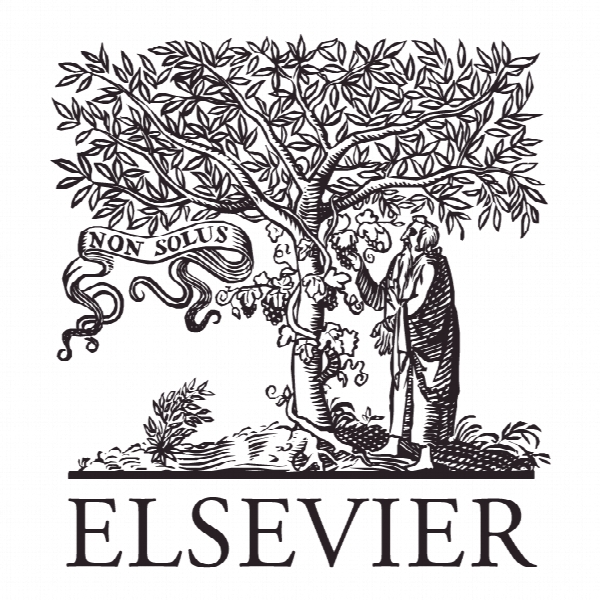خودباوری در روابط عمومی یک رویکرد روانشناختی و جامعه شناختی برای چالش انتظارات متضاد Self-deception in public relations. A psychological and sociological approach to the challenge of conflicting expectations
- نوع فایل : کتاب
- زبان : انگلیسی
- ناشر : Elsevier
- چاپ و سال / کشور: 2017
توضیحات
رشته های مرتبط علوم اجتماعی
گرایش های مرتبط جامعه شناسی
مجله بررسی روابط عمومی – Public Relations Review
دانشگاه بخش ارتباطات، وین، اتریش
نشریه نشریه الزویر
گرایش های مرتبط جامعه شناسی
مجله بررسی روابط عمومی – Public Relations Review
دانشگاه بخش ارتباطات، وین، اتریش
نشریه نشریه الزویر
Description
1. Introduction Professionals and academics in the fields of public relations and strategic communication have long struggled with deception (Dulek & Campbell, 2015; Eisenberg, 1984; Englehardt & Evans, 1994; Fitzpatrick & Palenchar, 2006; Hiebert, 2003; Holiday, 2013). A large majority of practitioners condemn deceptive practices and acknowledge the necessity of a general code of ethics in the field, when surveyed on the topic (Berg, 2012; Zerfass, Verciˇ c, ˇ Verhoeven, Moreno, & Tench, 2012). However, public relations have always been and remain to be perceived as biased, unethical and deceptive in nature by the public and especially by journalists (Callison, Merle, & Seltzer, 2014; Callison, 2004). The public perception of the profession might be distorted by a relatively small number of actual cases of misconduct. Nevertheless, it is plausible to assume that public scandals that involved deception and/or unethical practices of public relations reinforced uncertainty and skepticism towards the profession. Reasons for the association of the public relations profession with bias or even deception can be found in the highly contradictive conditions of its practice. Conflicting interests particularly arise from heterogeneous stakeholder expectations andfrommanagement objections against stakeholder interests (Christensen,Morsing & Thyssen, 2013;Christensen & Langer, 2009; Lane, 2014). Public relations as a discipline also struggles with the diverging concepts of public relations either as a strategic managementfunction (Grunig, Grunig, & Dozier, 2002; Zerfass, 2008) or as an ethical practice of mutually beneficial relationship building and engagement with stakeholders (Devin & Lane, 2014; Taylor & Kent, 2014). While the first approach acknowledges the need to balance strategic and social interests, but values client loyalty over other interests in situations of conflict (Edgett, 2002; p.10), the second approach expects public relations practitioners to generally subordinate strategic objectives to dialogic principles (Taylor & Kent, 2014; p. 389). This struggle strongly affects practitioners in their daily routines, as they have to solve conflicts between management and stakeholder expectations. It is obvious that being faithful to and honest about the goals of an organization is not necessarily rewarded by all stakeholders, let alone the public – especially when it comes to the social or environmental impact of organizations, societal stakeholders are likely to disagree with short-term profit-oriented organizational objectives (e.g. Devin). Surely, organizational goals and the public interest are complementary or even congruent in the vast majority of cases. However, in win-lose-situations the divide between organizational goals and public interests cannot be bridged by dialogic or two-way-symmetric communication without either risking reputational damage from stakeholder protest/dissent or economic losses caused by costly organizational adaptions to public interests. From a strategic perspective, in these critical situations deceptive practices can be assessed as a viable strategy to handle conflicts in the interest of the organization (Bradley, 2004, p. 7; Dulek & Kim, 2015), and under specific conditions corporate deception can serve protective functions (Thummes, 2013). Yet, corporate deception comes at a price: most of the time deceptive practices are unethical and damage a corporation’s reputation on the long run. The very existence of a public impression to act deceptively comes at high reputational, and sometimes economical, costs for an organization. Our hypothesis is that in order to deal with conflicting situations, public relations practitioners operate in a state of selfdeception, to satisfy antipodal positions while avoiding reputational harm at the same time. Self-deception is a process in which “people can convince themselves that a deception is true or that their motives are beyond reproach” (Hippel and von Trivers, 2011, p. 4). The advantage of self-deception is that “people can better deceive others, because they no longer emit the cues of consciously mediated deception that could reveal their deceptive intent” (Hippel and von Trivers, 2011, p. 4). Self-deception applies to all parts of social life, but particularly to situations, in which humans struggle with discrepancies between different perceptions of truth and legitimacy. As a boundary-spanning function (White & Dozier, 1992) public relations are regularly confronted with conflicting interests as part of their primary task to create understanding between organizational and stakeholder expectations. Therefore we assume that self-deception affects public relations under specific conditions of conflict, which we will outline in this paper.


